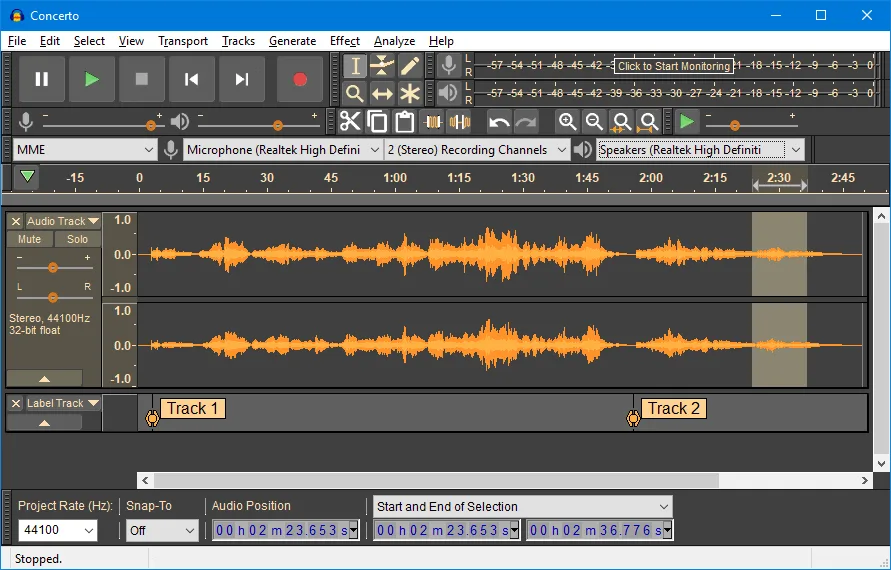


When combined with inTone 2, which is a mixer that comes with tons of loaded effects, including reverb, it provides even more choices for how to shape your reverb.Ĭonvology XT is a no-latency convolution reverb plugin that includes a collection of 70 free vintage reverb impulse responses. For a classic guitar reverb, this would be an excellent choice. This free amp plugin comes with a reverb dial for the head, hence being on this list. It can be used as a standalone module for live performance, learning, and rehearsing, or as a plug-in module to improve your guitar recordings. It means that it provides a set of restricted but effective tools for enhancing your guitar's tone. The fact that ampLion Free includes an ultra-precise 5-channel preamp simulation, as well as two speaker cabinet simulations with microphone placement selection, is fantastic. Standalone program with a sophisticated audio player and an advanced recorde.2 guitar cabinets with microphone placement.A valve guitar amplifier (MesaBoogie Dual Rectifier) with five channels.Here are the features included with the free version: Audified said that they didn't want to compromise on sound quality, so they're offering you a free taste of the Pro version's impressive sound, but with fewer settings.

It includes an ultra-precise reproduction of a 5-channel valve guitar amp and two guitar cabinets with mic placement, all of which are derived from the Pro edition. Not that you may not want that sometime - Glaceverb yields that "early 90's ambient music sheen" to things, but for algorithmic *reverb*, just save your effort an get Room.AmpLion Free is a stripped-down version of ampLion Pro. It sounds like reverb even at extreme settings, and doesn't go into "triggered tire deflating" mode. I have a gazillion reverb plugins, and have wasted an inordinant amount of time tinkering with them to figure out where the sweet spot is on each: as you fiddle with the settings you'll find that there is a certain narrow range where each sounds "good", without either weird overtones/coloration, or where they actually sound like reverb and not just white noise. Set all of your reverbs to 100%, and start tinkering with the width/diffusion/size settings. "But Chip why, how can you make such a definitive statement?" It's been said before but I'll say it again: Sean Costello's Valhalla Room (or any of his reverbs) are priced so reasonably that it's kind of a waste of time IMO to bother with anything else.


 0 kommentar(er)
0 kommentar(er)
